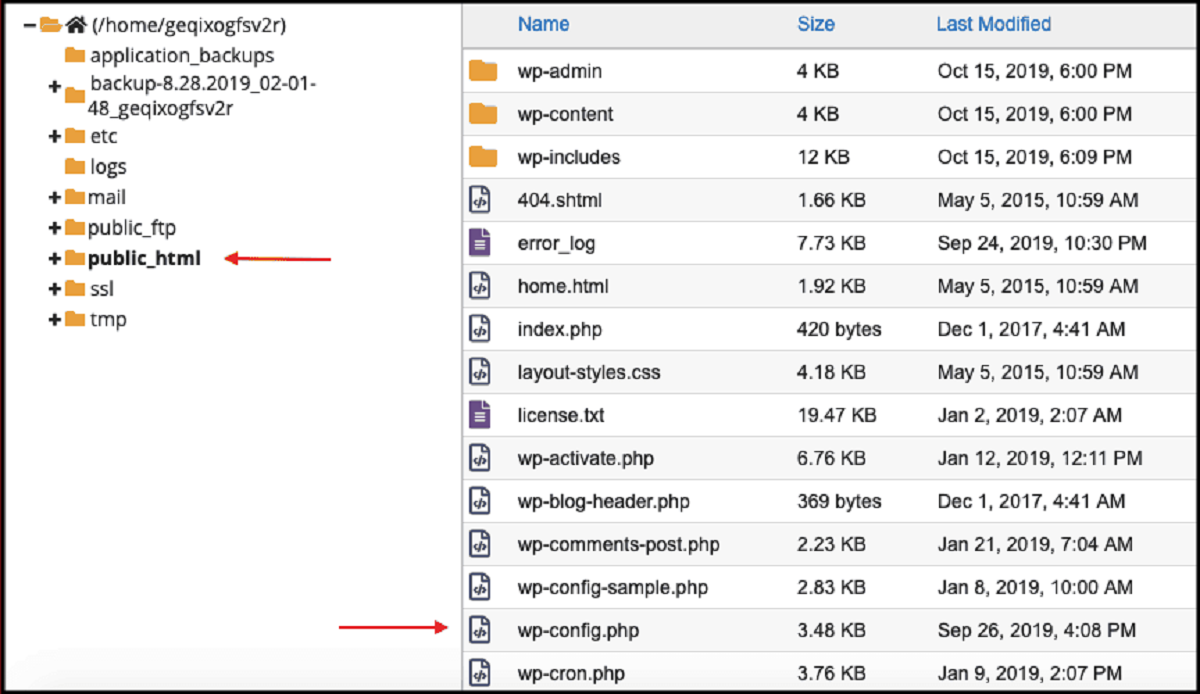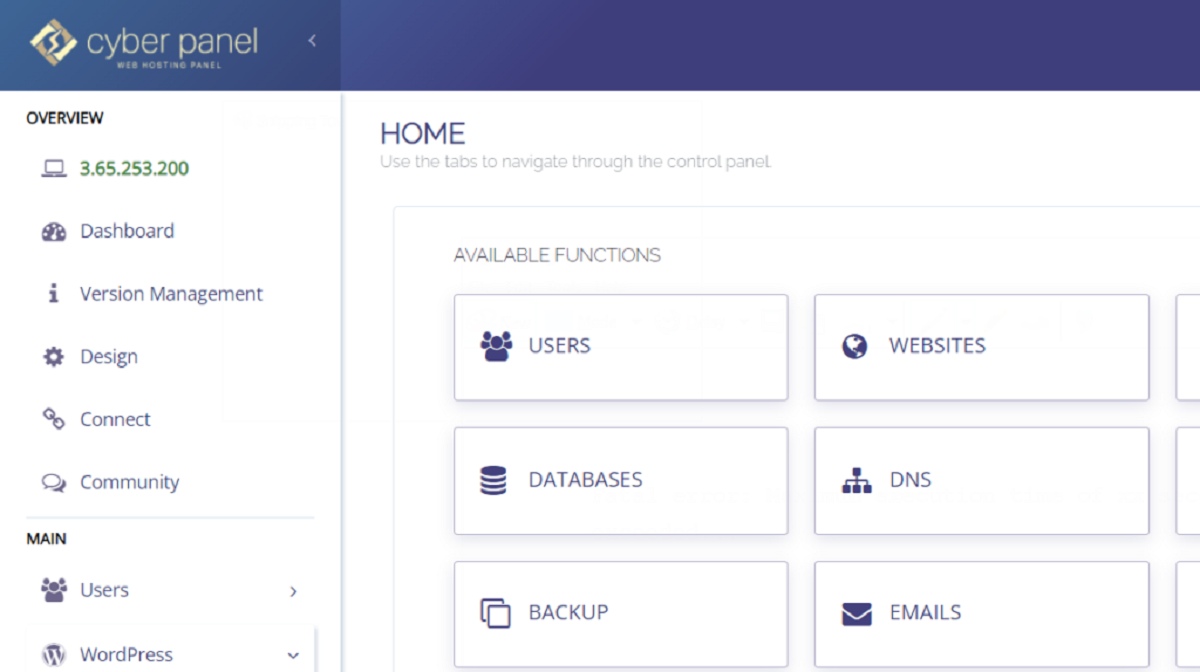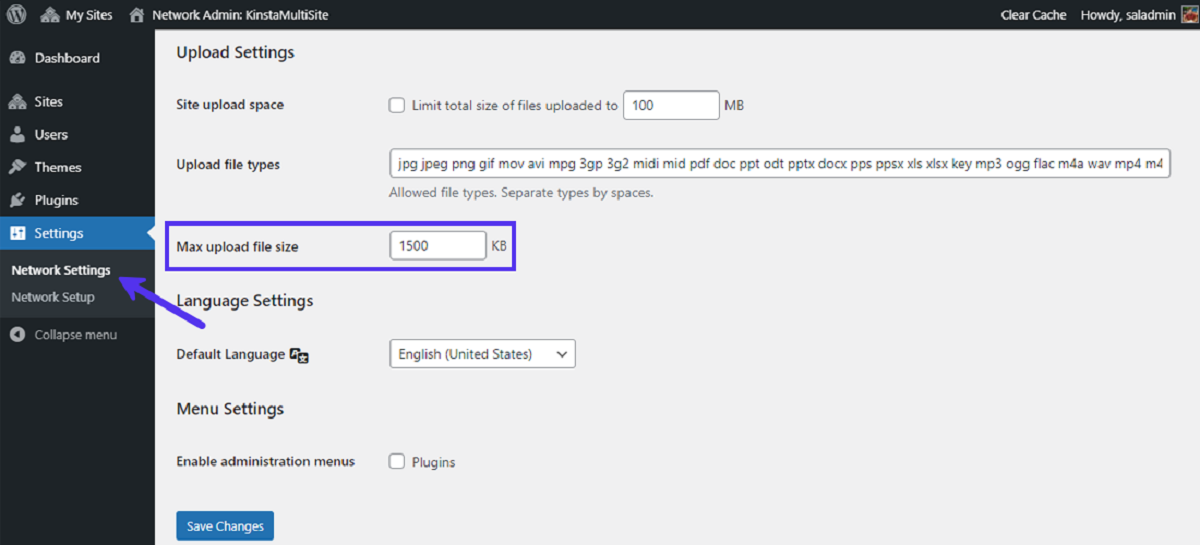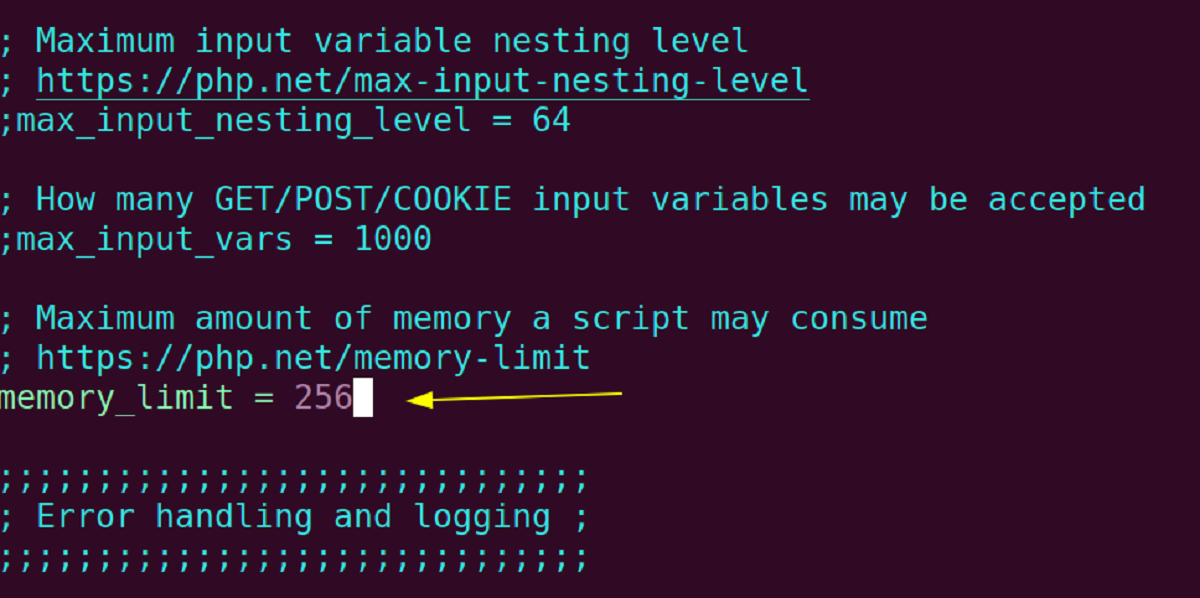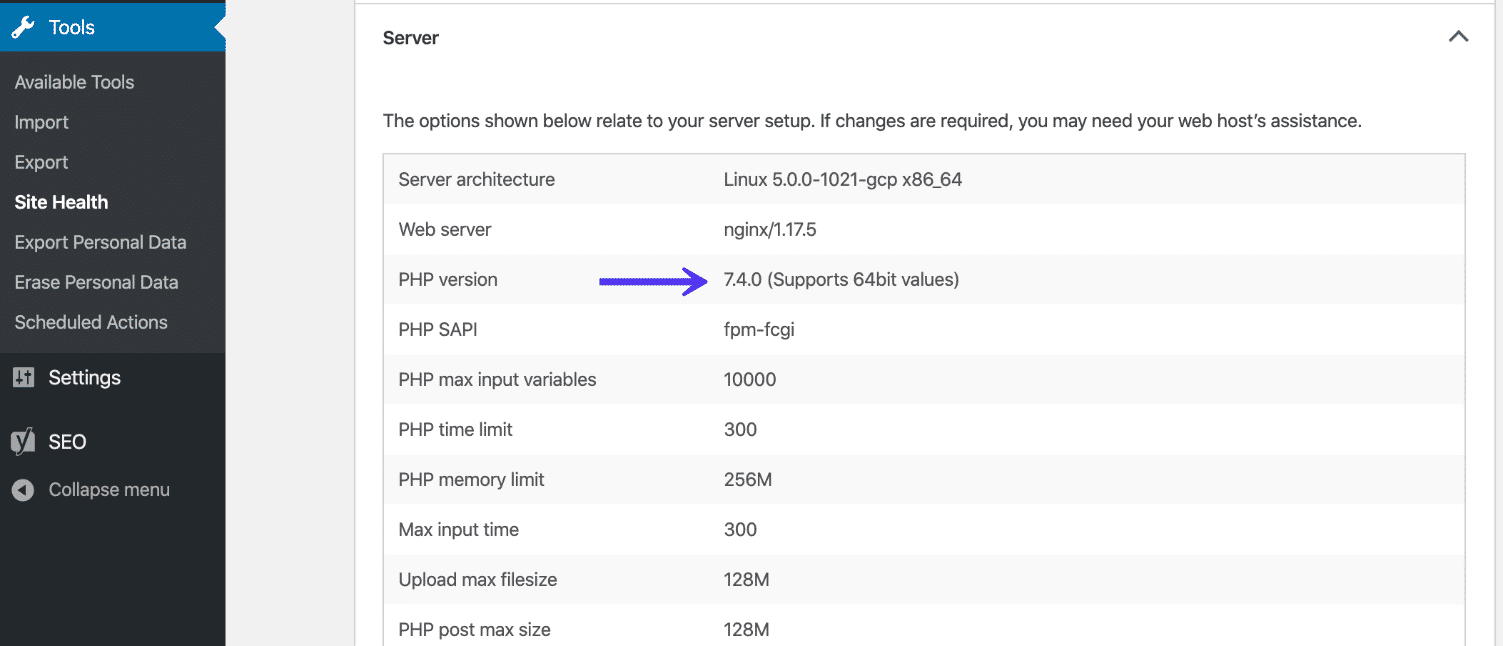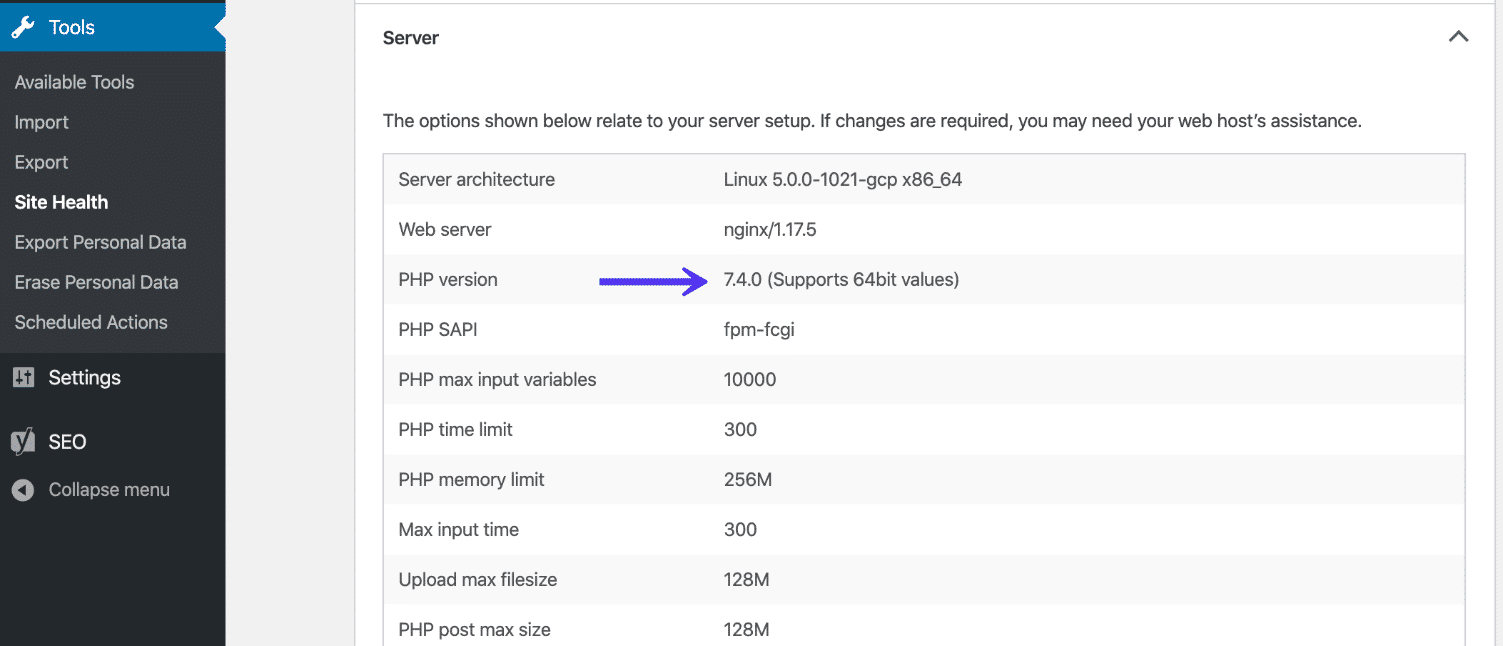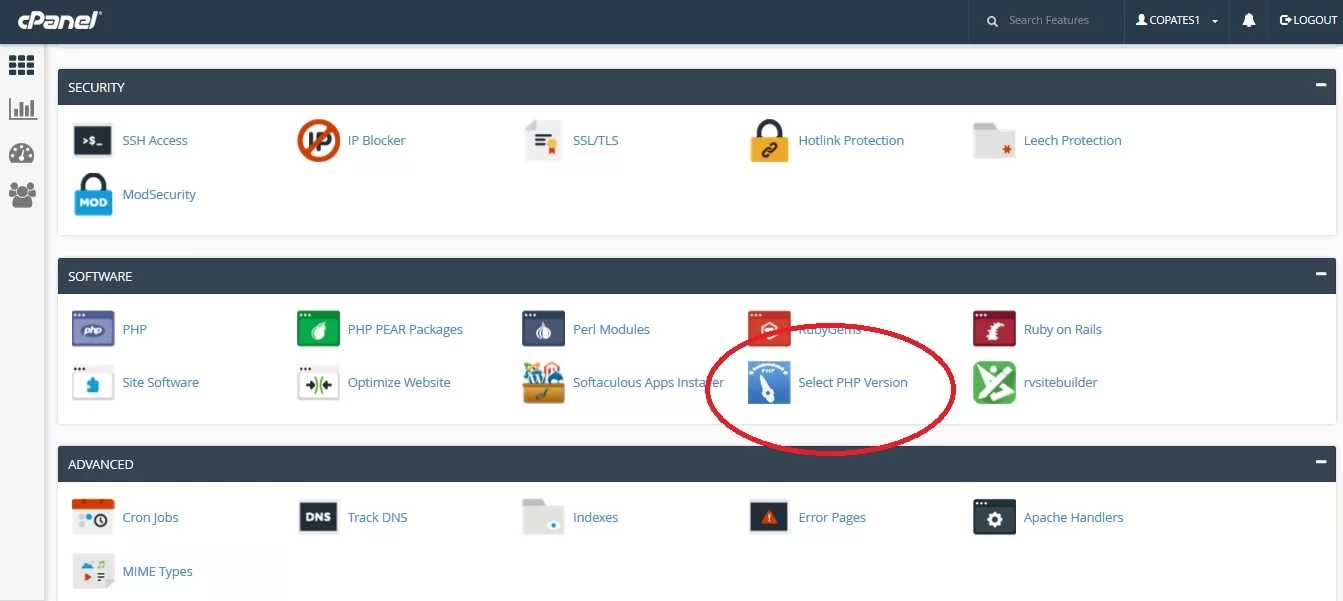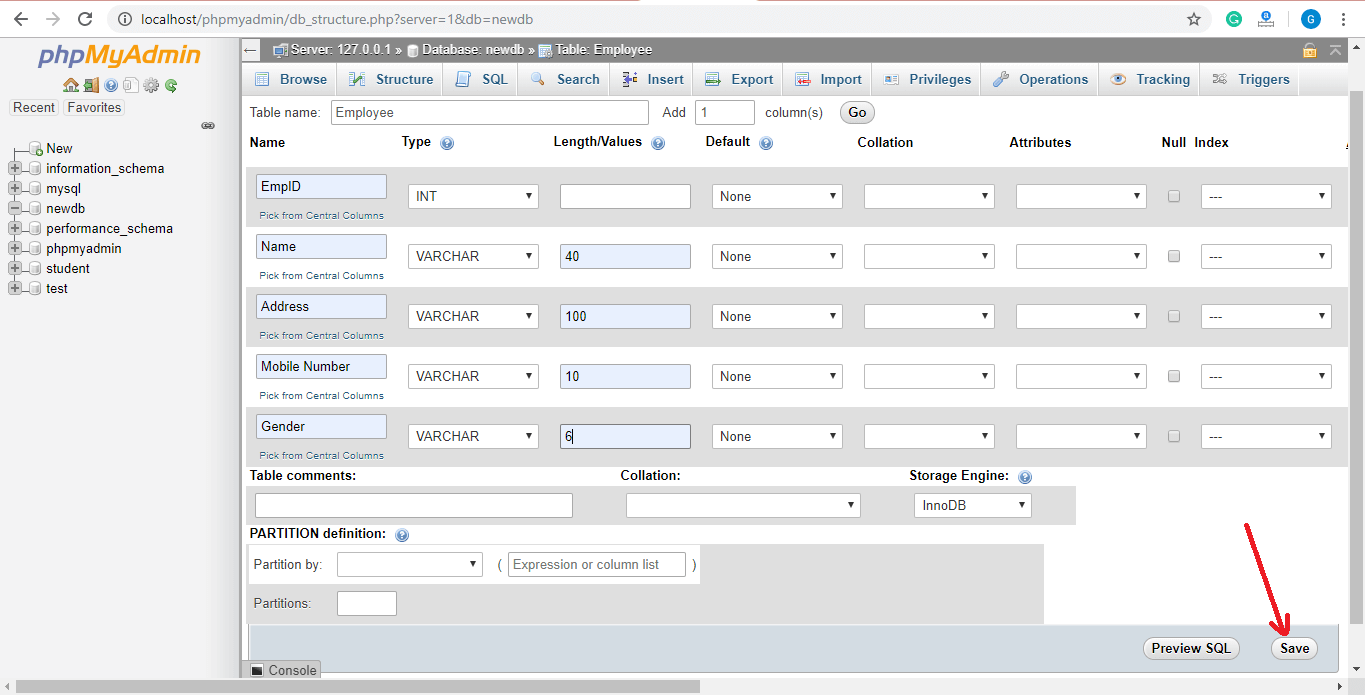Introduction
Welcome to the world of WordPress, where you have the power to create stunning websites with just a few clicks. While WordPress provides a user-friendly interface and a wide range of plugins and themes, behind the scenes, there is an important file that holds the key to your site’s functionality and security: wp-config.php.
So, what exactly is wp-config.php, and why is it so crucial? In this article, we will delve into the details of wp-config.php and explore its significance in a WordPress installation. We will also discuss the various common locations where you can find this essential file.
As an experienced SEO writer, it is important to mention that wp-config.php, also known as the WordPress configuration file, contains important settings and variables that determine how WordPress interacts with the database and other crucial elements of your website. It plays a vital role in establishing a connection between your WordPress installation and the database, ensuring proper site functioning.
Furthermore, wp-config.php holds sensitive information, such as database credentials and secret keys, which must be protected to prevent unauthorized access to your site’s backend. Thus, understanding where wp-config.php resides is not only helpful for troubleshooting and customization purposes but also for ensuring the security of your WordPress site.
Now that we have a basic understanding of what wp-config.php is and its importance, let’s dive into exploring the common locations where this crucial file can be found in a WordPress installation.
What is wp-config.php?
At the core of every WordPress installation lies the wp-config.php file. This file is a vital component of the WordPress content management system, responsible for storing important configuration settings for your website.
Simply put, wp-config.php is the gatekeeper that bridges the gap between your WordPress site and its underlying database. It contains essential information such as database credentials, security keys, and other configuration parameters that allow WordPress to function properly.
The wp-config.php file is created during the WordPress installation process and is automatically generated with default settings. However, it is a customizable file that allows you to define various settings according to your specific needs and requirements.
Some of the key functionalities of wp-config.php include:
- Database Connection: wp-config.php establishes a connection with your WordPress database, allowing WordPress to retrieve and store information efficiently.
- Security Keys: It holds secret keys that are used to secure your website and protect it against unauthorized access, data breaches, and malicious attacks.
- Table Prefix: The file allows you to define a custom table prefix, adding an extra layer of security to your WordPress database.
- Error Reporting and Debugging: With wp-config.php, you can enable or disable error reporting, debug mode, and other development-related settings for troubleshooting purposes.
- Language Settings: It allows you to specify the language of your WordPress site, ensuring that it is presented correctly to your target audience.
Understanding the significance of wp-config.php is crucial for anyone working with WordPress, whether you are a developer, site administrator, or content creator. This file acts as the backbone of your website, providing the necessary configuration and security measures that ensure smooth functioning and protection against potential threats.
Now that we have covered the basics of wp-config.php, let’s explore the common locations where you can find this crucial file in a WordPress installation.
Why is wp-config.php important?
As mentioned earlier, wp-config.php is an integral part of every WordPress installation, and its importance cannot be overstated. Let’s take a closer look at why this file holds such significance for your WordPress site.
1. Database Connection: wp-config.php establishes a connection between your WordPress installation and the underlying database. Without this file, WordPress would not be able to retrieve or store information, rendering your site non-functional. It acts as a bridge, allowing WordPress to interact seamlessly with the database and perform essential tasks.
2. Security Measures: wp-config.php stores sensitive information such as database credentials and secret keys. Keeping this file secure is vital to preventing unauthorized access to your site’s backend. By properly securing wp-config.php, you add an extra layer of protection to your WordPress site and safeguard it from potential hacking attempts or data breaches.
3. Custom Configuration: wp-config.php provides extensive customization options, allowing you to tailor various settings according to your site’s requirements. From configuring the table prefix for increased security to defining site-specific constants and adjusting error reporting and debugging options, wp-config.php gives you control over how your WordPress site functions.
4. Site Optimization: By leveraging the power of wp-config.php, you can optimize your WordPress site for improved performance. For example, you can enable caching mechanisms, specify memory limits, and fine-tune other parameters that enhance the speed and responsiveness of your site, providing a better user experience.
5. Troubleshooting: When encountering issues with your WordPress site, wp-config.php can be a valuable resource for troubleshooting. By accessing this file, you can enable error reporting, debug mode, or modify other settings to diagnose and fix problems efficiently.
Overall, wp-config.php is a fundamental component of WordPress that determines how your site operates, connects with the database, and ensures optimal security. Understanding its importance and utilizing its capabilities empowers you to configure, protect, and optimize your WordPress site effectively.
Now that we understand why wp-config.php is so crucial, let’s explore the common locations where you can find this essential file in a WordPress installation.
Common Locations of wp-config.php
When it comes to locating the wp-config.php file in a WordPress installation, several common locations can be considered. While the default location for this file is in the root directory of your WordPress installation, certain scenarios may lead to different placements. Let’s explore the most common locations where you can find wp-config.php.
1. Web Root Directory: The default and most common location for wp-config.php is in the web root directory of your WordPress installation. This is the directory where your index.php file resides. It is typically named “public_html,” “www,” or the domain name itself. In this location, you can directly access and modify wp-config.php.
2. One Level Above the Web Root Directory: In some cases, for security reasons, the wp-config.php file is placed one level above the web root directory. This means that it is stored outside the public_html or www directory. This extra layer of protection prevents direct access to the file through the web browser. However, it still allows WordPress to utilize the configuration settings stored in wp-config.php.
3. WordPress Installation Directory: Another common location for wp-config.php is within the WordPress installation directory. This directory is typically named “wp” or the domain name itself, depending on your setup. Placing wp-config.php in this directory ensures that it is easily accessible and logically organized alongside other WordPress files and folders.
4. Custom Directory: In some cases, developers may customize the location of wp-config.php to enhance security or organization. This involves moving the file to a custom directory that is not easily guessable or accessible. If you are working with a custom setup or have specific security requirements, this option allows you to maintain better control over wp-config.php.
It is important to note that the specific location of wp-config.php may vary depending on your hosting environment, installation method, or personal preferences. However, regardless of its location, ensure that proper access permissions are set to safeguard the file from unauthorized modifications.
Now that we have explored the common locations where wp-config.php can be found, it is essential to consider additional considerations when working with this crucial file.
Web Root Directory
The web root directory is the default location for wp-config.php in a WordPress installation. This directory is typically named “public_html,” “www,” or the domain name itself. Placing wp-config.php in the web root directory allows for easy access and modification of the file.
When you navigate to your WordPress installation on the server, you will often find wp-config.php in the same directory as the index.php file. This location ensures that WordPress can seamlessly retrieve the required configuration settings from the wp-config.php file.
One advantage of keeping wp-config.php in the web root directory is the convenience it offers for troubleshooting or making quick modifications. You can easily locate and edit the file via FTP or your web hosting control panel.
However, it is crucial to ensure that proper security measures are in place when wp-config.php is stored in the web root directory. It is advisable to set appropriate file permissions to restrict access to the file. Additionally, using a strong username and password for your hosting account can further enhance security.
It is worth mentioning that some hosting providers configure their servers in a way that prevents direct access to wp-config.php through the web browser. This adds an extra layer of security by making it more difficult for potential malicious actors to access sensitive information stored in the file.
In case you need to move your WordPress installation to a different directory within the web root, you should make sure to update the path to wp-config.php accordingly. Failure to do so may result in WordPress not being able to locate the configuration file and causing your site to malfunction.
While the web root directory is the default location for wp-config.php, it is important to remember that with certain security considerations or custom setups, it may be advisable to store wp-config.php in a different location. This ensures better protection for the file and sensitive information stored within it.
Now that we have explored the web root directory as a common location for wp-config.php, let’s move on to the next section where we will discuss storing wp-config.php one level above the web root directory.
One Level Above the Web Root Directory
In certain cases, for enhanced security measures, the wp-config.php file is placed one level above the web root directory. This means that it is stored outside the public_html or www directory, making it inaccessible through a web browser.
By moving wp-config.php one level above the web root directory, you add an extra layer of protection to your WordPress site. This prevents direct access to the configuration file, reducing the risk of unauthorized modifications or breaches.
To implement this setup, you would typically create a new directory, often named something like “config” or “private,” at the same level as the web root directory. Within this new directory, you would store the wp-config.php file along with any other sensitive files or data.
By relocating wp-config.php outside the web root directory, you minimize the chances of it being exposed to potential vulnerabilities. Even if an attacker gains access to your public_html or www directory, they won’t be able to directly access the wp-config.php file.
To ensure that WordPress can access wp-config.php, you would need to update the file path in your core WordPress files, such as index.php or the wp-load.php file. The new file path should reflect the updated location of wp-config.php.
Though moving wp-config.php one level above the web root directory enhances security, it does add a layer of complexity to your WordPress setup. You need to be mindful of updating the file path whenever you move or migrate your WordPress installation.
It is worth noting that the decision to store wp-config.php one level above the web root directory should be made based on your specific security needs. In some cases, the default location within the web root directory may provide sufficient protection. It is essential to weigh the trade-offs and consult with a security professional if necessary.
Next, we will discuss another common location for wp-config.php, which is within the WordPress installation directory itself.
WordPress Installation Directory
Another common location for the wp-config.php file is within the WordPress installation directory itself. This directory is typically named “wp” or the domain name itself, depending on your setup.
Placing wp-config.php within the WordPress installation directory offers a logical organization of files and ensures that all essential WordPress files are kept together. It is convenient for developers and site administrators to have all WordPress-related files contained within one easily accessible location.
When you navigate to the WordPress installation directory on your server, you will commonly find wp-config.php alongside other core WordPress files, such as wp-config-sample.php, wp-content, and wp-admin.
Keeping wp-config.php within the WordPress installation directory allows for easy access and modification of the file. You can locate and edit it either via FTP or through your web hosting control panel.
It is important to note that if you decide to move your WordPress installation to a different directory within the server, you must update the file path to wp-config.php accordingly. Failure to do so may result in WordPress not being able to locate the configuration file, resulting in malfunctioning of your site.
However, despite the convenience and logical organization, it is crucial to ensure that proper security measures are in place for wp-config.php within the WordPress installation directory. Regularly monitor and update file permissions to restrict unauthorized access. Additionally, implementing other security best practices, such as strong login credentials and regular backups, further enhances the security of your WordPress site.
While the WordPress installation directory is a common location for wp-config.php, it is important to consider additional security considerations and custom setups that may require storing wp-config.php in a different location.
Now that we have explored the WordPress installation directory as a common location for wp-config.php, let’s move on to the next section where we will discuss custom directories for storing wp-config.php.
Custom Directory
In certain scenarios, you may choose to store the wp-config.php file in a custom directory that is not easily guessable or accessible. This approach offers an additional layer of security to protect your WordPress site.
Creating a custom directory for wp-config.php involves specifying a unique and obscure name for the directory, making it challenging for potential attackers to locate the configuration file. Placing wp-config.php in a custom directory can help mitigate the risk of unauthorized access or modification.
When defining a custom directory for wp-config.php, it is essential to consider the directory’s location in relation to the web root and the WordPress installation. The custom directory should be located outside the web root and WordPress installation directories to ensure that it remains secure and inaccessible via a web browser.
To implement this setup, you would typically create a new directory at the desired location and move the wp-config.php file into that directory. This presents a unique challenge for potential attackers, as they would need to know the custom directory’s exact location to gain access.
It is important to note that when moving wp-config.php to a custom directory, you must update the file path in the necessary WordPress core files, such as index.php or the wp-load.php file. This ensures that WordPress can still locate and utilize the configuration settings stored in wp-config.php.
Storing wp-config.php in a custom directory offers an additional level of obscurity and security for your WordPress site. However, it is crucial to maintain a clear record of the custom directory’s location and update any necessary file paths whenever you move or migrate your WordPress installation.
While using a custom directory for wp-config.php provides enhanced security, it is important to consider the potential challenges, such as managing file paths and ensuring compatibility with other plugins or themes that rely on wp-config.php. Consultation with a security professional or experienced developer can help ensure the smooth implementation and ongoing management of a custom directory for wp-config.php.
Now that we have explored the common locations for wp-config.php, we will discuss additional considerations when working with this crucial file.
Additional Considerations
When working with the wp-config.php file in WordPress, there are a few additional considerations to keep in mind to ensure its proper functioning and security.
Backup: Regularly backing up your wp-config.php file is essential to safeguard your site’s configuration settings and to protect against any unforeseen events or data loss. Include wp-config.php in your routine backup processes to have a copy of the file handy in case of emergencies.
File Permissions: Setting proper file permissions for wp-config.php is crucial to prevent unauthorized access or modifications. Generally, the file should have permissions of 600 or 400, restricting access to the owner only. Double-check and adjust file permissions to maintain the security of wp-config.php.
Secret Keys: Ensure that the secret keys stored in wp-config.php are unique and periodically updated. Secret keys provide an additional layer of security for your site and help protect against potential brute force attacks or unauthorized access to sensitive information.
Constant Definitions: wp-config.php allows you to define constants that customize various aspects of your WordPress site’s behavior. Take advantage of this feature to enforce desired settings and configurations, providing a personalized touch to your WordPress installation.
Advanced Security Measures: In addition to the standard security practices, consider implementing advanced security measures like two-factor authentication, web application firewalls, or security plugins to further fortify your WordPress site’s security. These measures can provide an extra layer of protection for wp-config.php and your entire website.
Updates and Maintenance: Stay vigilant about keeping your WordPress installation, plugins, and themes up to date. Regular updates help patch vulnerabilities and ensure compatibility, contributing to the overall security and stability of your site.
Documentation: Maintaining clear documentation of any changes made to wp-config.php, such as modifications to database credentials, secret keys, or custom configurations, is crucial for future reference and troubleshooting purposes. Documenting these changes will help you track and understand the modifications made to the file over time.
By considering these important factors and keeping them in mind, you can effectively manage and maintain wp-config.php for optimal performance, security, and customization of your WordPress site.
Now that we have covered the additional considerations, let’s summarize the main points discussed in this article.
Conclusion
In conclusion, wp-config.php is an essential file in WordPress that holds significant importance for the functionality and security of your website. It serves as the bridge between your WordPress installation and the underlying database, allowing for proper data retrieval and storage.
Understanding the purpose and significance of wp-config.php is crucial for anyone working with WordPress. It enables you to customize important settings, establish a secure database connection, define security keys, and enhance the overall performance of your site.
The common locations for wp-config.php include the web root directory, one level above the web root directory, the WordPress installation directory, and custom directories. While the default location is in the web root directory, you may choose to store it in a different location for enhanced security or organization.
Regardless of the location, it is vital to ensure proper file permissions, regularly backup the file, and secure the sensitive information stored within it. Additionally, staying up to date with WordPress updates, implementing advanced security measures, and maintaining thorough documentation are essential for optimal management and maintenance of wp-config.php.
By being mindful of these considerations and implementing best practices, you can ensure the smooth functioning and protection of your WordPress site.
We hope that this article has provided you with valuable insights into wp-config.php and its importance in a WordPress installation. With a clear understanding of this crucial file, you can confidently manage and secure your WordPress site effectively.







